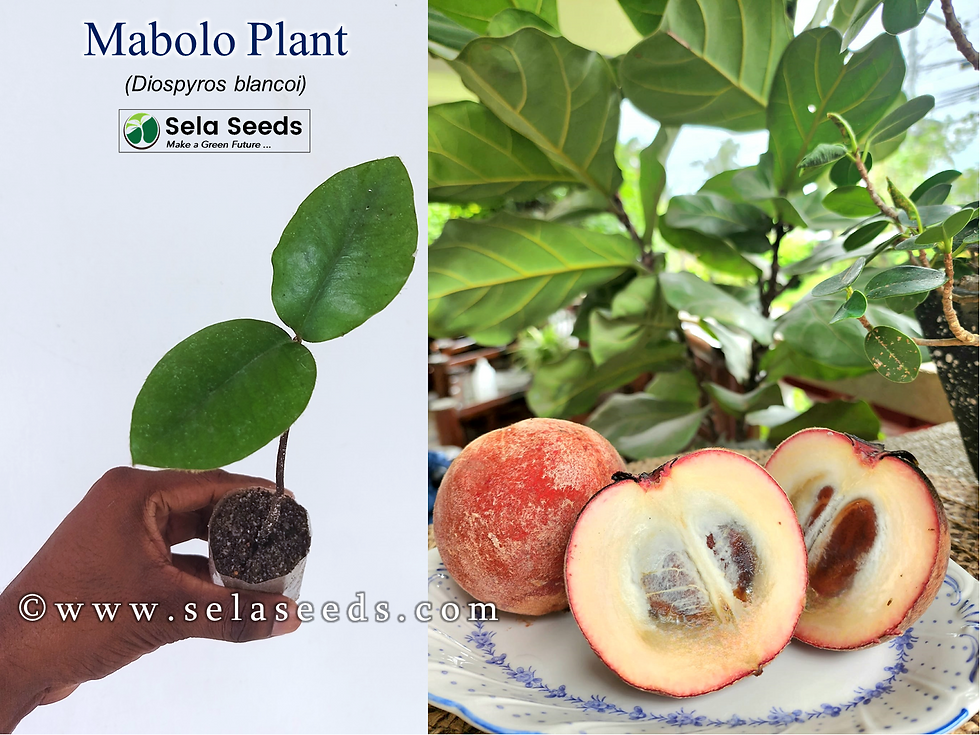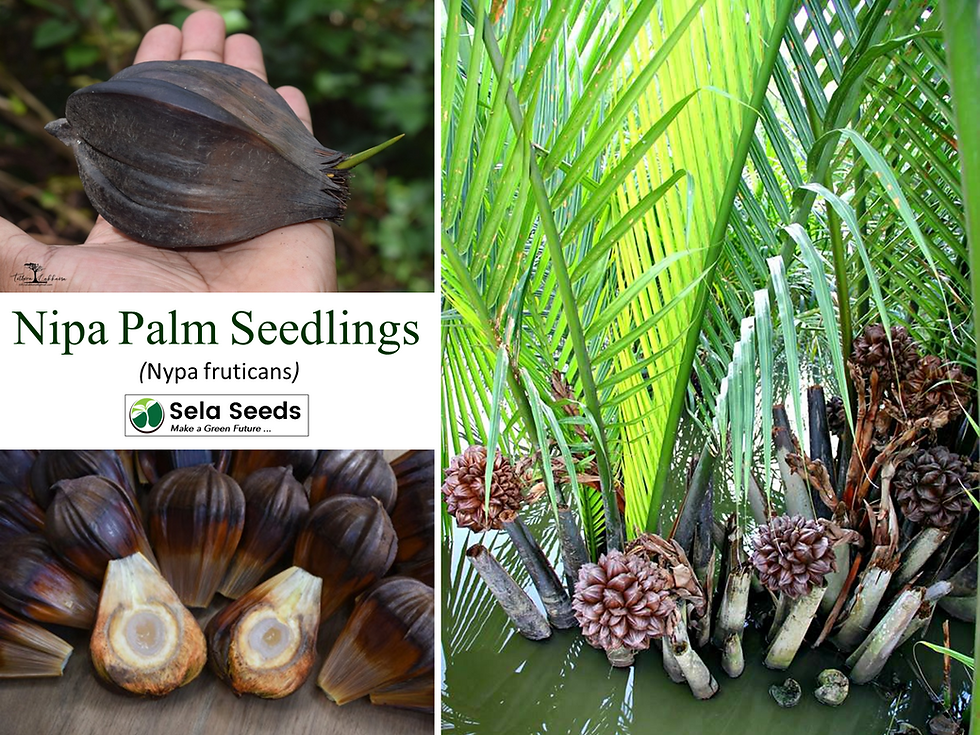The wood is lightweight. Mainly wood is used for wood carving.
Cerbera manghas, the sea mango, is a small evergreen coastal tree growing up to 12 metres (39 ft) tall. It is native to coastal areas in Africa, Asia, Australasia, and the Pacific islands. It is also widely cultivated and introduced elsewhere in suitable environments.
Description
The shiny dark-green leaves grow in a spiral arrangement, and are ovoid in shape. The flowers are fragrant, possessing a white tubular five-lobed corolla about 3–5 cm (1.2–2.0 in) in diameter, with a pink to red throat. They have five stamens and the ovary is positioned above the other flower parts. The fruits are egg-shaped, 5–10 cm (2.0–3.9 in) long. At maturity they turn bright red.
Known Hazards
Incisions in the stems exude a copious, toxic, milky sap.
The fruit, and especially the seed, are very poisonous and contain hydrocyanic acid and the cardiac glycosides thevetin and cerberin.
The toxins are said to be particularly harmful to dogs
Uses
An oil is obtained from the seed.
It is used as an illuminant.
It can be used to make candles.
The wood is lightweight to medium-weight, with the white to pale yellow-brown heartwood not demarcated from the sapwood.
The grain is straight to slightly interlocked, texture fine and uneven. The shrinkage upon seasoning is moderate, and the wood works easily. It is not durable, highly susceptible to blue-staining fungi, and resistant to preservative treatment under pressure.
Trees seldom grow to timber size, but the wood is useful for the production of veneer.
The wood is occasionally used in tropical Asia for mouldings, interior trim, fruit cases, core veneer, matches, shuttering, clogs, plain furniture and carving, and also for charcoal.
The wood is used for fine charcoal.
top of page
PrijsVanaf $12,00
Gerelateerde producten
bottom of page

































